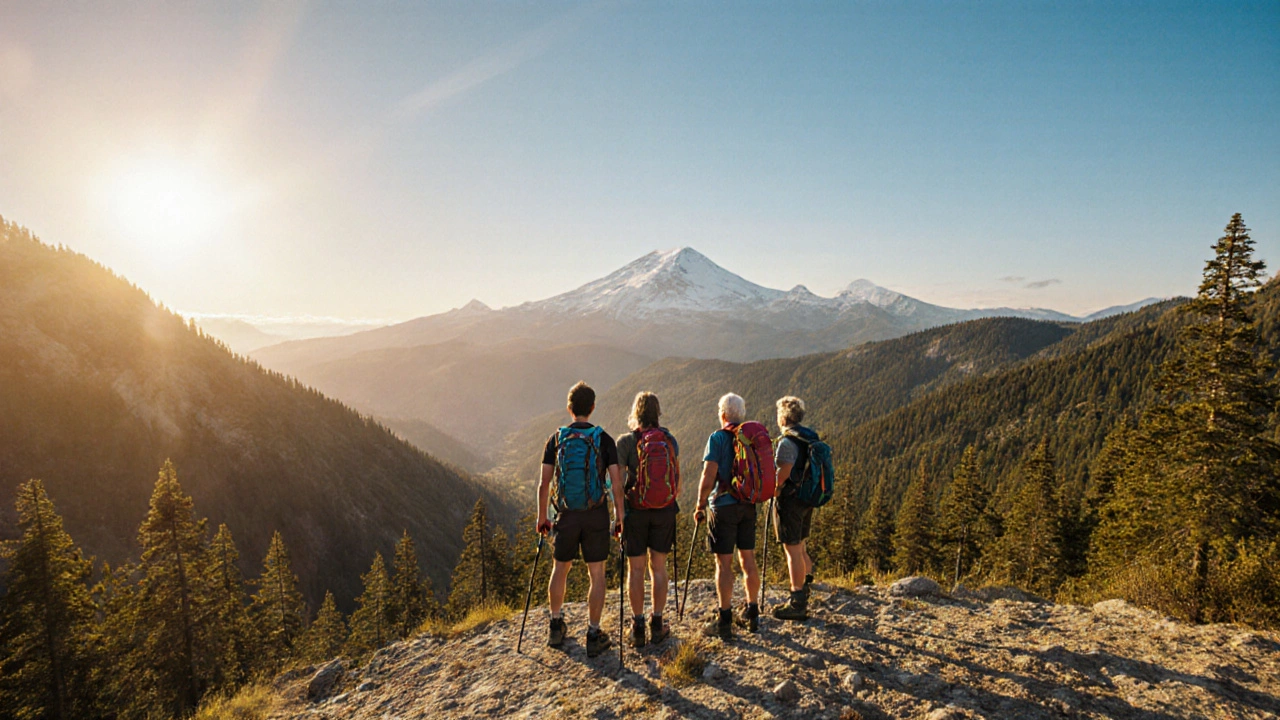Planning a trip to the mountains? Going up high can be exciting, but the thin air can catch you off guard. Below you’ll find straight‑forward advice that helps you feel better, stay safe, and enjoy the views.
The biggest trick is giving your body time to adjust. If you can, spend a night or two at a lower elevation before pushing higher. Aim to increase your altitude by no more than 1,000 feet (300 meters) per day once you’re above 8,000 feet (2,400 m). If you feel a headache or light‑headed, slow down and rest. A short walk on a flat path can be better than a steep climb on the same day.
Hydration plays a huge role in acclimation. Drink water regularly—about three liters a day is a good target, but listen to your thirst. Avoid alcohol and limit caffeine because they can dehydrate you and make altitude symptoms worse.
Altitude sickness usually shows up as headache, nausea, dizziness, or trouble sleeping. If you notice these signs, stop climbing and rest at the same level. A simple rule is: “If you’re sick, stay low.” Severe symptoms like confusion, shortness of breath at rest, or swelling in the hands and feet need immediate medical help.Many travelers use acetazolamide (often sold as Diamox) to speed up acclimatization. A typical dose is 125 mg taken twice a day, starting a day before ascent. Check with a doctor first, especially if you have kidney problems or are pregnant.
Pack a small altitude‑sickness kit: a bottle of water, a few acetazolamide tablets, a pain reliever like ibuprofen, and a basic thermometer. Knowing what to take and when can make a difference when you’re far from a clinic.
Bring layered clothing. Temperatures can drop quickly, and a warm jacket helps your body stay comfortable, which reduces stress on the heart. Snacks high in carbohydrates—like granola bars, dried fruit, or nuts—give quick energy without taxing your digestion.
Sun protection matters too. UV rays are stronger at altitude, so wear sunscreen, sunglasses, and a hat. Even on cloudy days, the sun can burn your skin.
Finally, keep a simple emergency plan. Know the nearest medical facility, have a phone with a charged battery, and tell someone your itinerary. If you feel worse, a quick descent of 500–1,000 meters often relieves symptoms fast.
High altitude travel doesn’t have to be scary. By moving slowly, staying hydrated, watching for symptoms, and packing smart, you’ll be ready to breathe easier and enjoy the spectacular scenery. Have a great trip and stay safe up there!

Learn how to pick the optimal altitude for your mountain vacation, balance fitness, activity type, and safety, and master acclimatization for a smooth trip.
read more